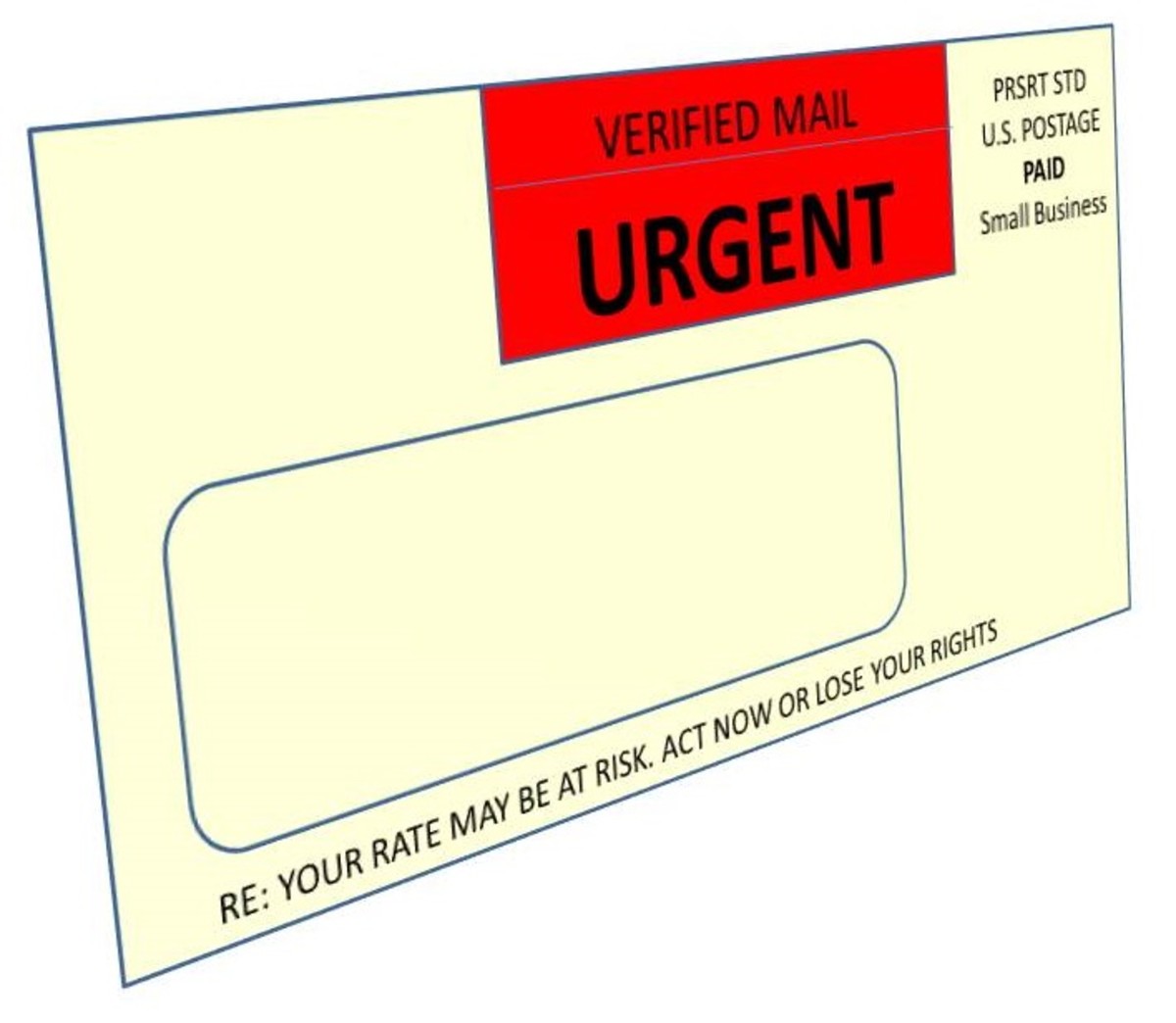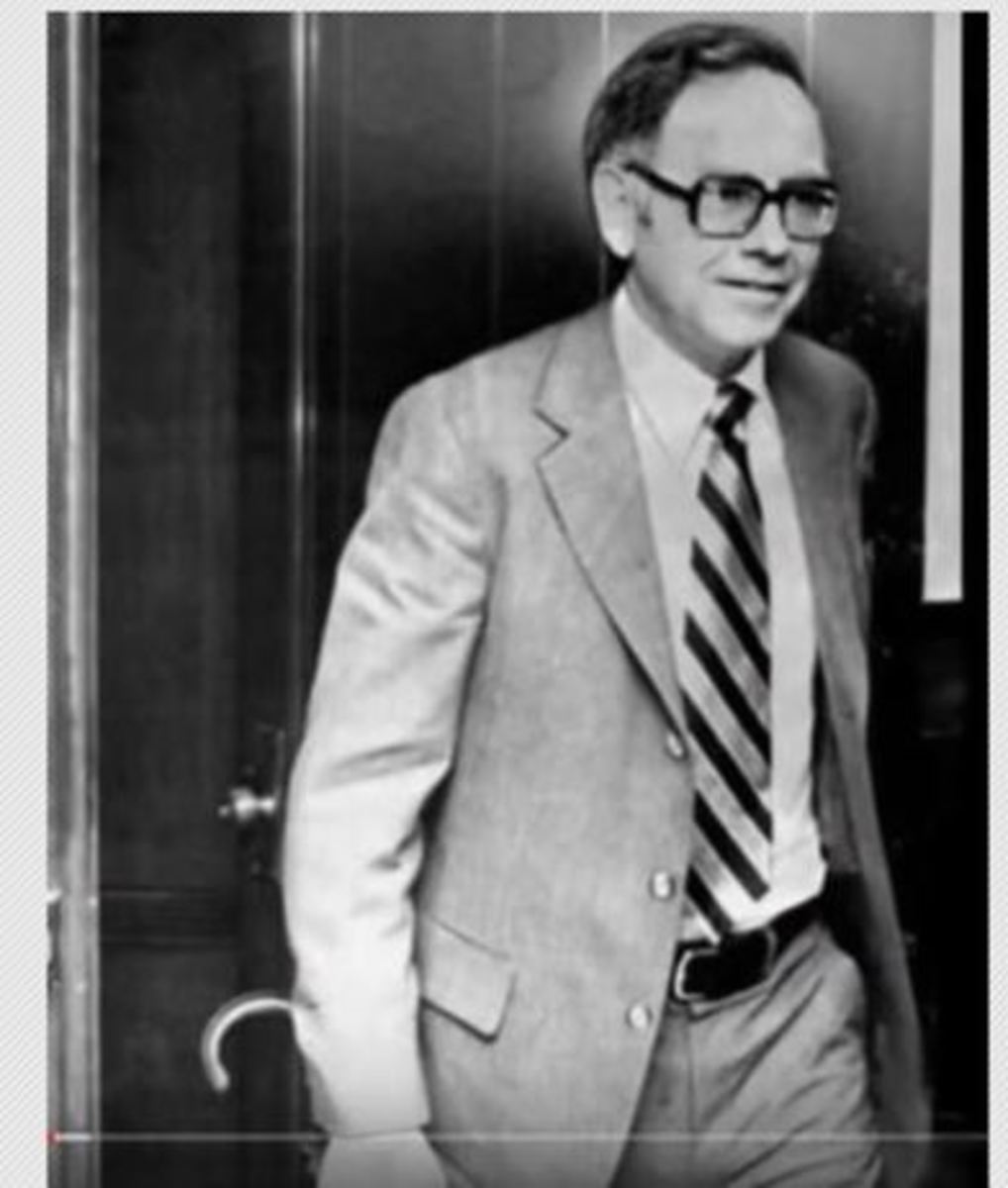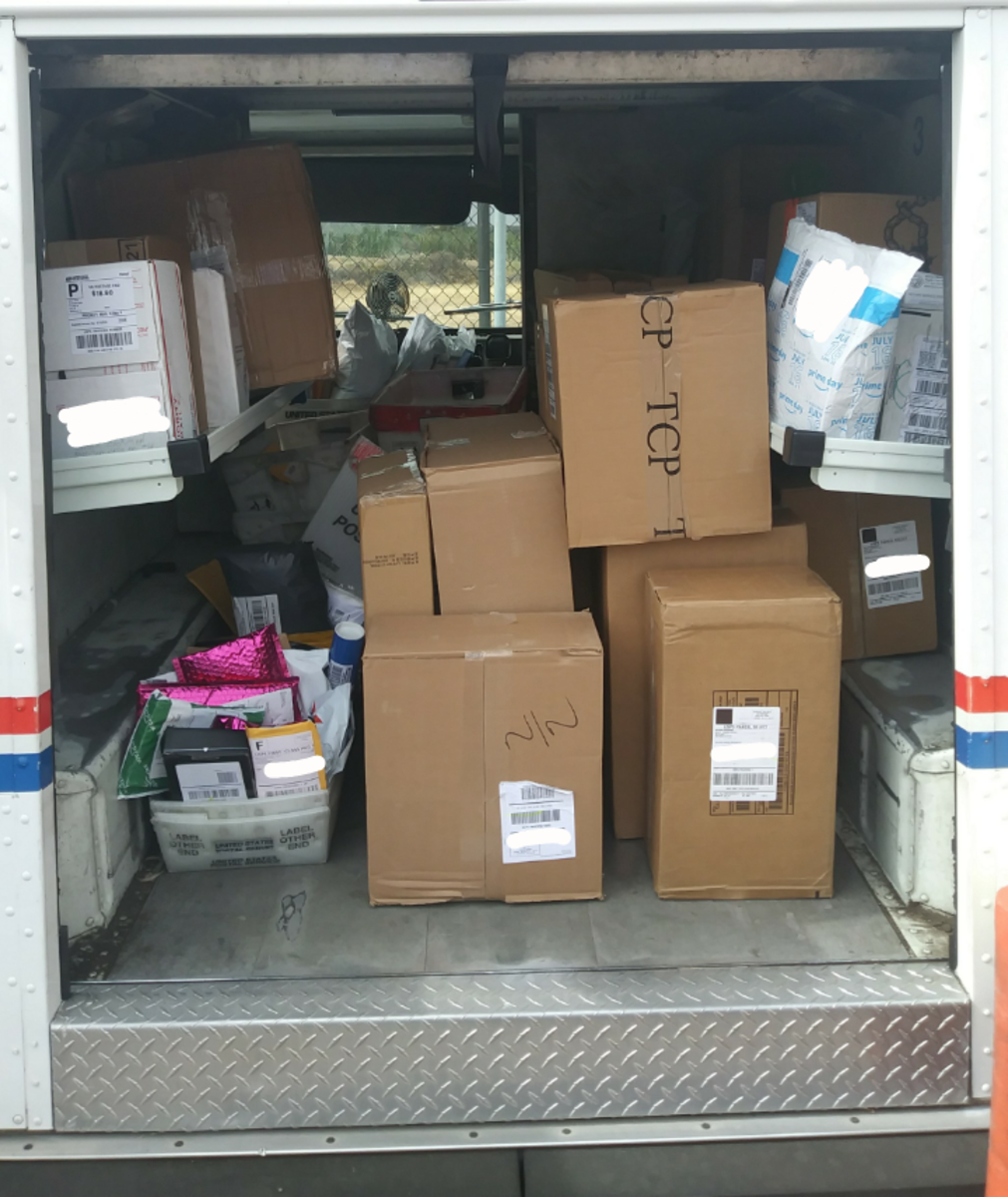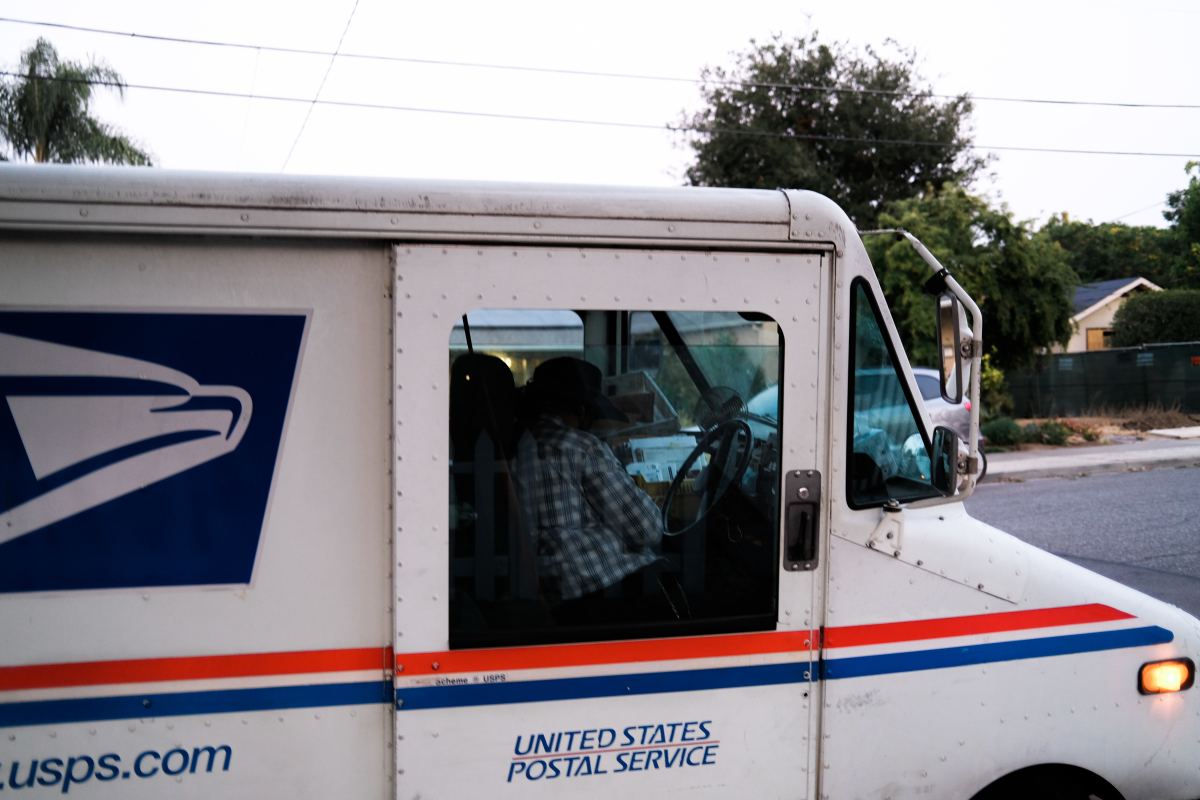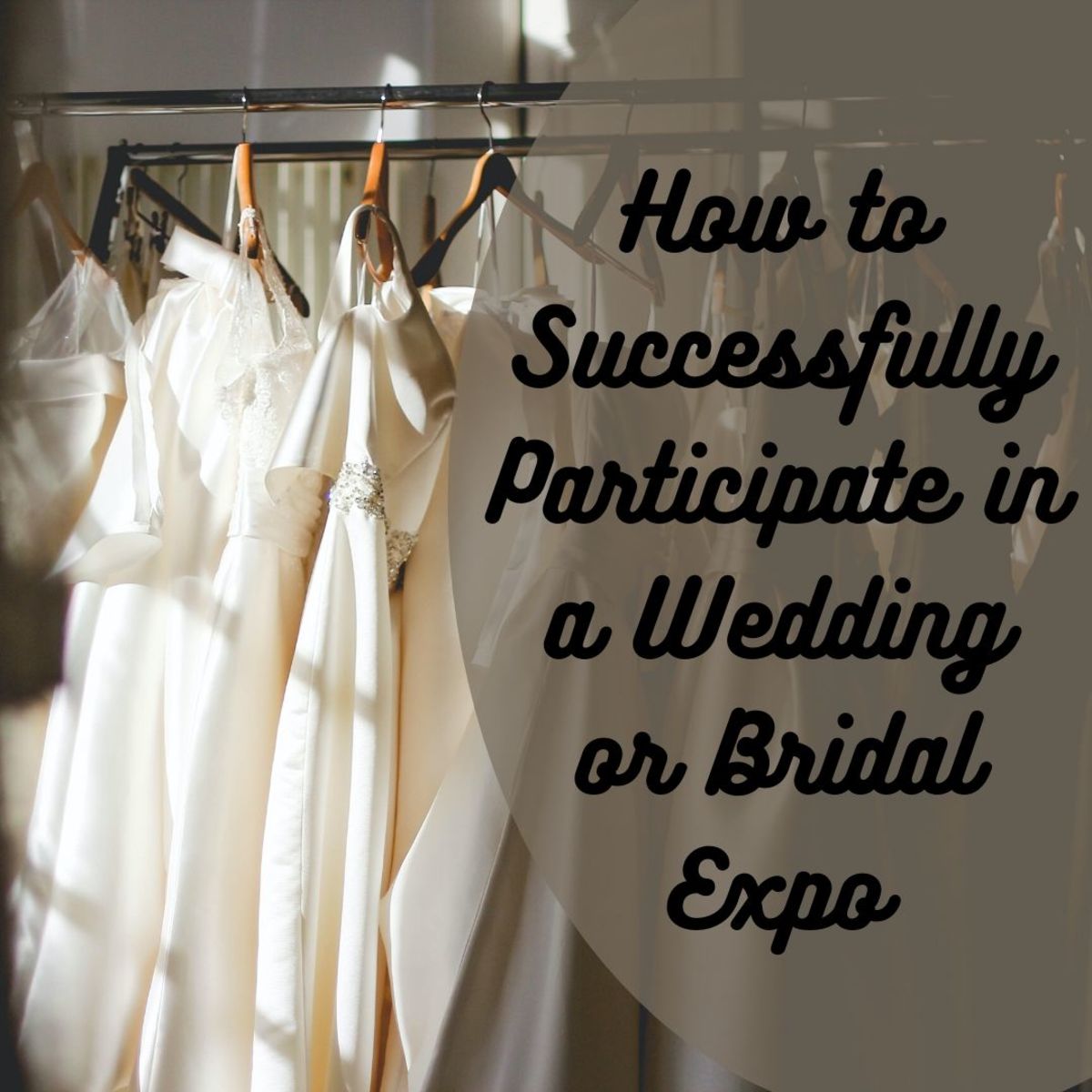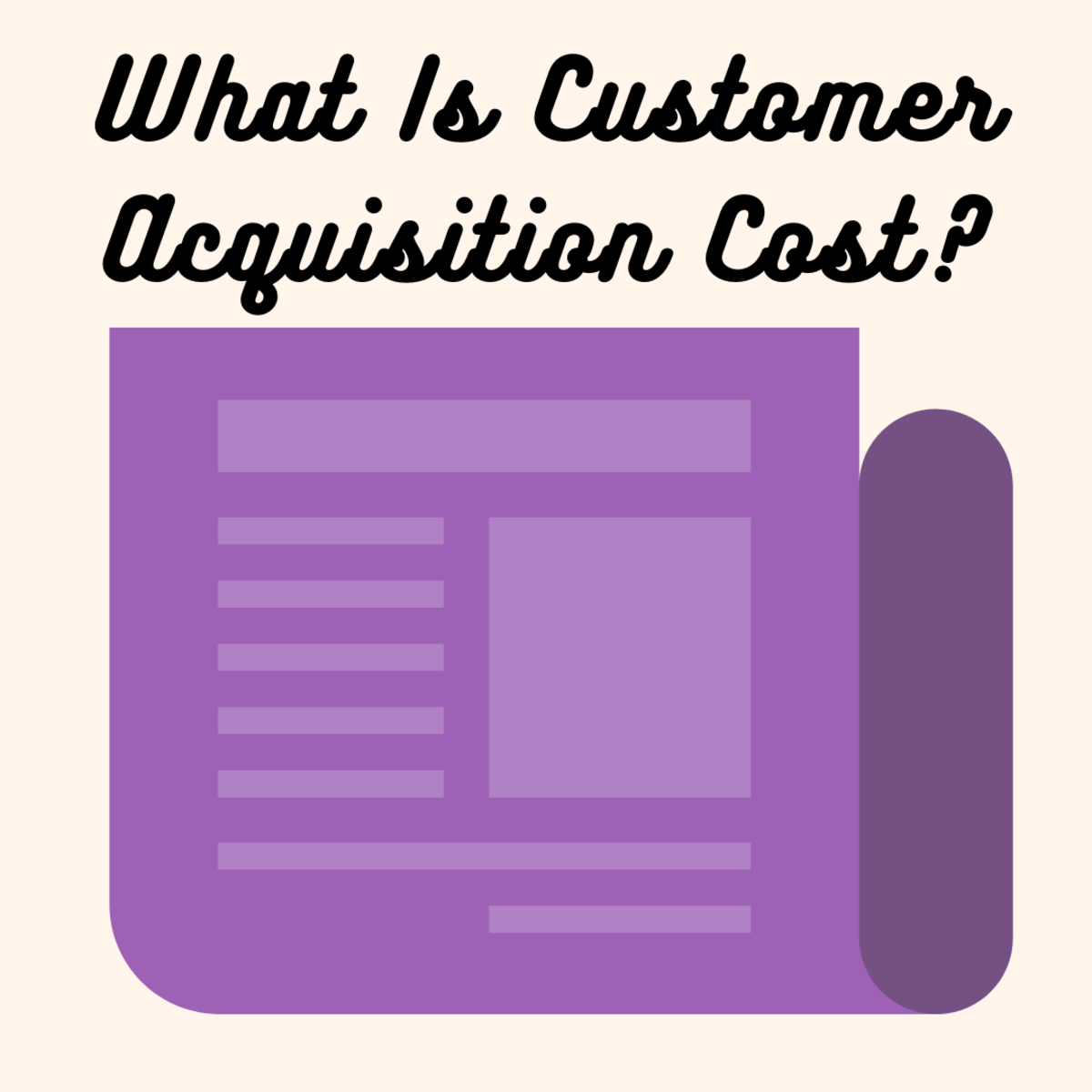Effective Sales Letters - How To Make It Work
Do you create effective sales letters? Proper sales communication is a perennial topic that has been popping up every now and then in many of my sales training seminars. The common predicament most sales professionals face is the low response rate (and thus low conversion rate) of their sales letters. This is something not only newbies experience since even seasoned sales veterans sometimes face a bleak response rate.
The efficacy of your sales letter is hooked on numerous factors – most of which are out of your locus of control. Moreover, in a recent study by the Direct Marketing Association, direct household mails are from 1.38% to 3.42%. On the other hand, for online sales letters, the figures are a bit different. There is a 19.47% open rate for emailed sales letters. Almost a fifth of targeted clients open the emails sent to them. However, the statistics drops when it comes to actual click-through. Only 6.64% are actually clicked the links to visit the sales page. To cut the long story short, e-mailed sales letter gets 1.73% conversion rate.
So where is the problem here? How can you write an effective sales letter? In tact, given these statistics, is there any point in writing sales letters?
Here are some factors to consider thoroughly when you opt for this type of sales campaign.
Your target
Since the conversion rate is small, it follows that the more you send out the better your chances of getting a sales conversion. In fact, some sales campaigns send out to thousands of potential clients in just one go. This is where online sales letter have an edge over the usual snail mail. But here’s where the illusion stops. It’s not merely the number of sales letters you send out. It’s to whom you send them out that makes a big difference. In a nutshell, think about the profile of your clients. If you’re selling boats there is a huge probability that people living in the desert will not buy from you. Putting the profile into the equation will definitely improve your conversion rate.
In today’s online world, many businesses resort to squeeze pages to get information about their prospects. What’s great about this is that people who are interested about the product and service will have to key in important information – usually full name, e-mail address and other demographics. This forms the foundation for the company’s mailing list. It’s already targeted to people who are interested. On the other hand, I have a tendency to search about the company first when I’m directed to a squeeze page just to make sure it’s not a scam. If I’m satisfied, then I provide information. Opt-in mailing is important so you only provide mail to those who are willing to receive them.
How will you send it?
Another important factor to consider is how you will send out your mail. Some would readily shout out use e-mails. That may seem logical since most consumers are online. But not all are best reached online. If you’re targeting senior citizens, then the good old fashion snail mail may be a better option. You might even consider sending mail to prospect’s office not just heir home or email account. The point is, consider which best suits your target market. If they are always on the move, then e-mails are a good idea. In fact, you may even consider SMS sales letter. Unlike ads sent to the phone, these are short sales letters sent via SMS to the prospect/client.
Personalized sales letters
Don’t you just hate it when you get a computer-generated letters? Personalizing sales letters goes beyond merely using the name of the prospect – though this is a good start. Thanks to mail merge of Microsoft, I was able to personalize and automate thousands of sales letters. Today, there are so many list builders and tools associated with sales letters and automated mailing. But as I have pointed out, this is just the first step.
You must also consider the content of the sales letter. Just imagine more than 19% open the e-mailed letter and only 6.64% visit the site. The moral of the story is to get your readers hooked. Make sure they have a reason to click. Don’t close the sale with your sales letter. It is just there to whet their appetite and actually click onto your site. For snail mail letters, make sure they contact you, go online or e-mail you back. So strategize about what you will put in the sales letter. Of course you want it to be informative, but leave some room for curiosity.
But getting your e-mail opened is a big challenge in itself. More than 80% of your e-mailed letters will not get opened. Be thankful there are list servers and applications to automate this. The problem lies in one simple thing – your e-mail's subject line.
Does the subject line seem to be a hard sell line? Is it too tacky? Does it address the person’s concern? Do you think it will be relevant to the recipient? Is it informative? Will it spark curiosity? These are just some subject line questions that you need to think about. I suggest write several subject line and ask around which works best for certain niches.
In the end, personalizing sales letter is about making the letter current and relevant to the target market. Of course you can writ a sales letter that will appeal to everybody. So think about your target’s profile and exhaust your efforts in pleasing them. They’re the ones that matter to your business.
Follow up letters and campaigns
More often than not, your prospect will not be opening your letter. As such, providing a follow up campaign is important. Some strategies include calling the prospects, sending SMS, cards, office and home visits, giving brochures and other paraphernalia.
There is one technique that many online businesses are doing that is informative while incorporating some sales spiels. Have you ever come across free online courses sent through the e-mail? I have written hundreds of these for different companies and the formula is the same. Provide informative topics and short courses related to your business through e-mails and subtly point to your products or services. What this creates is anticipation for the next e-mail course. Moreover, it reinforces product recall. Furthermore, it reinforces association of a good experience and/or useful information with your product and company.
The fundamental principle when it comes to follow up campaigns is keeping the clients and prospects aware of your existence. I always say that if they don’t know you exist they will not look for you.
Is it relevant? Is it current? Is it useful? In the end, an effective sales letter is one that provides what clients need or want.

